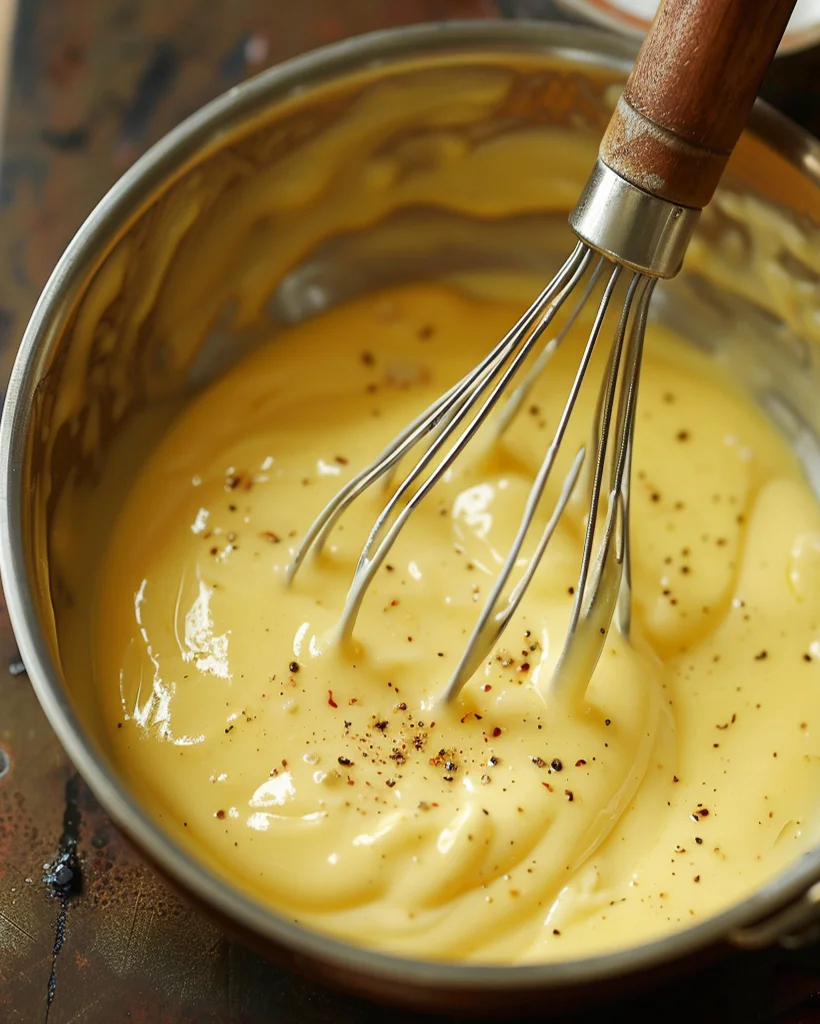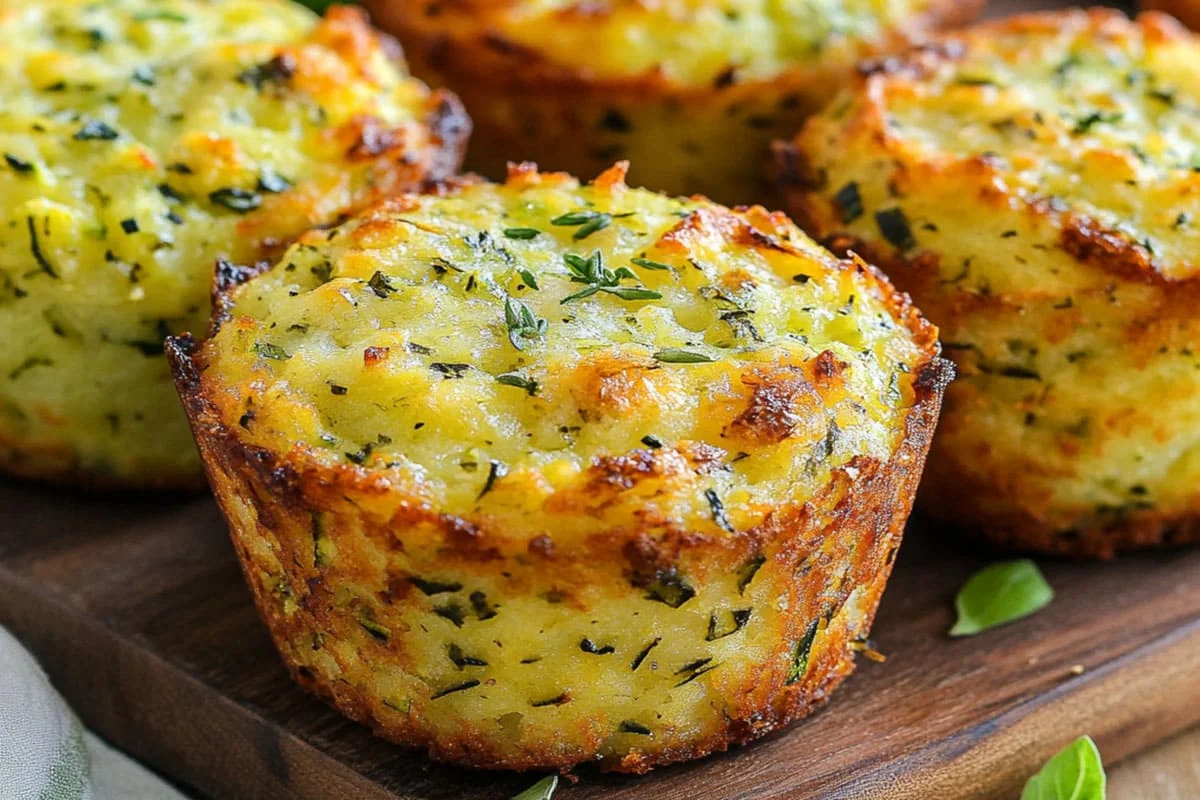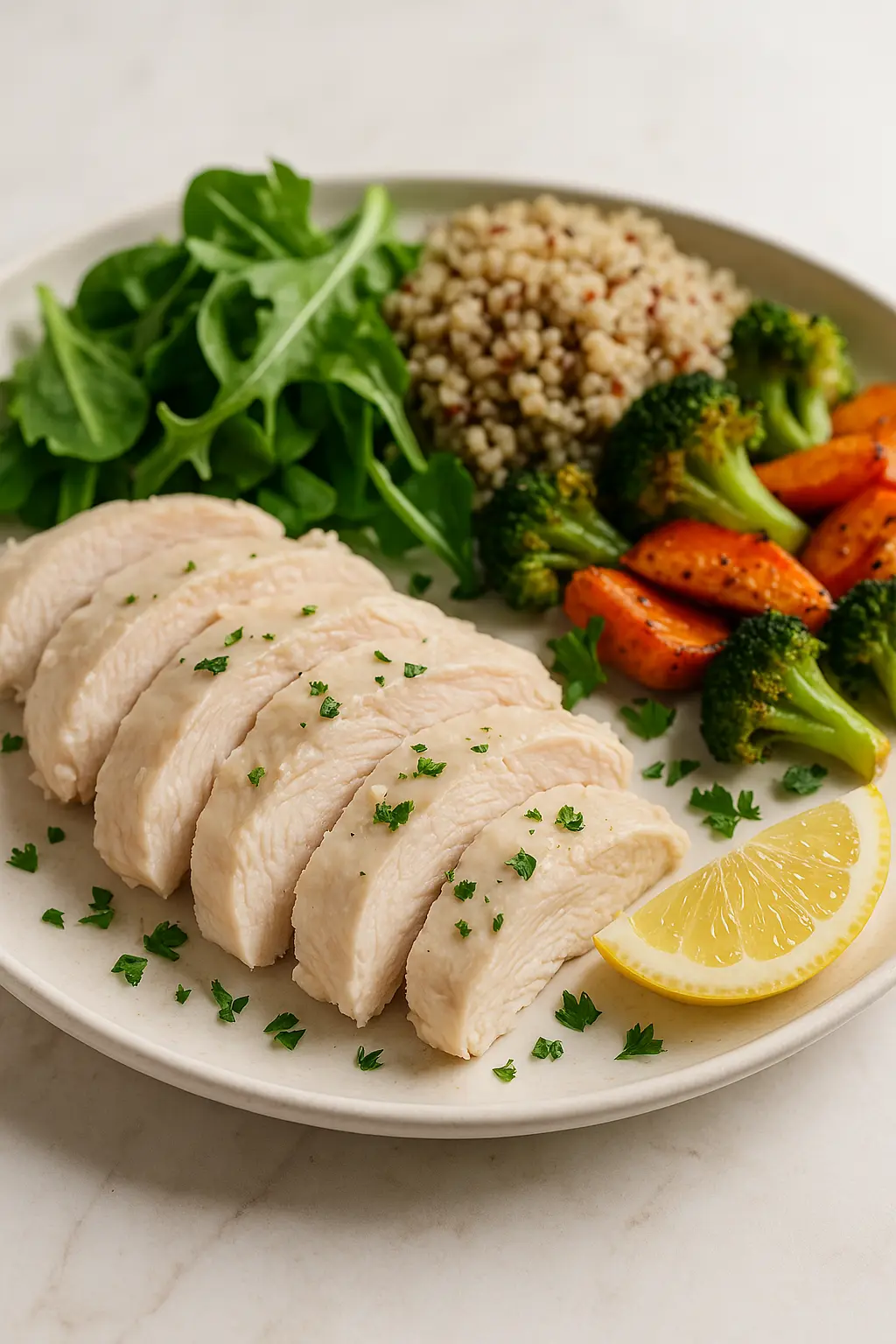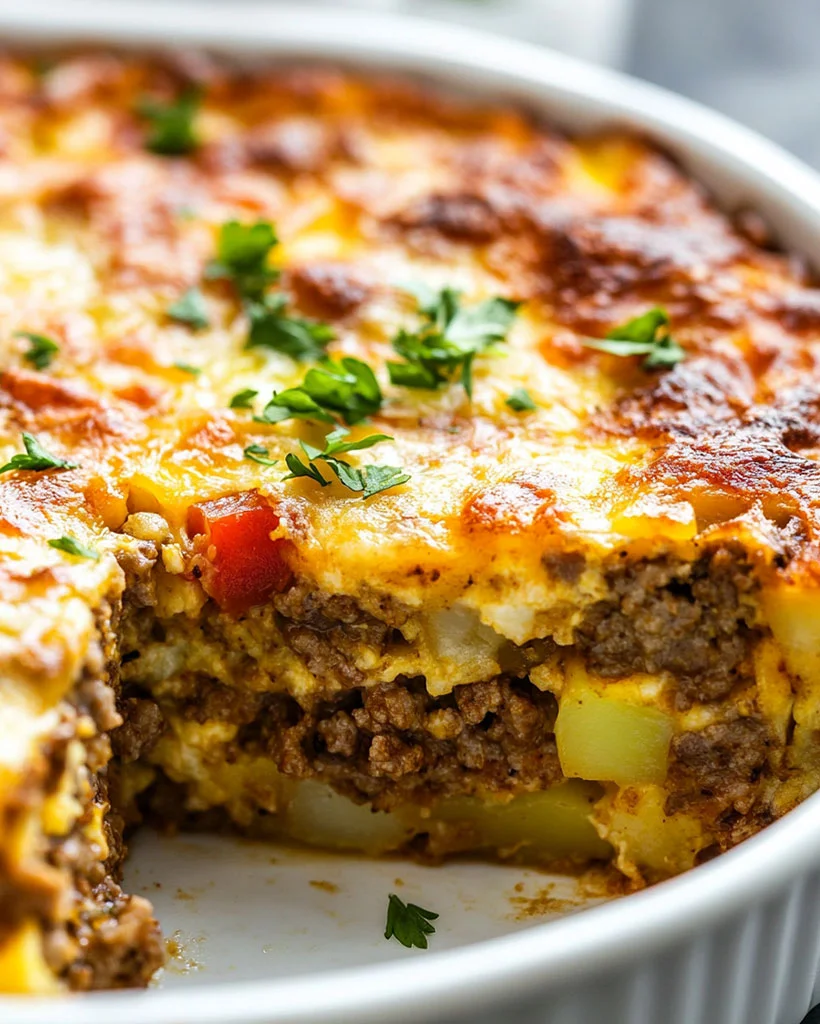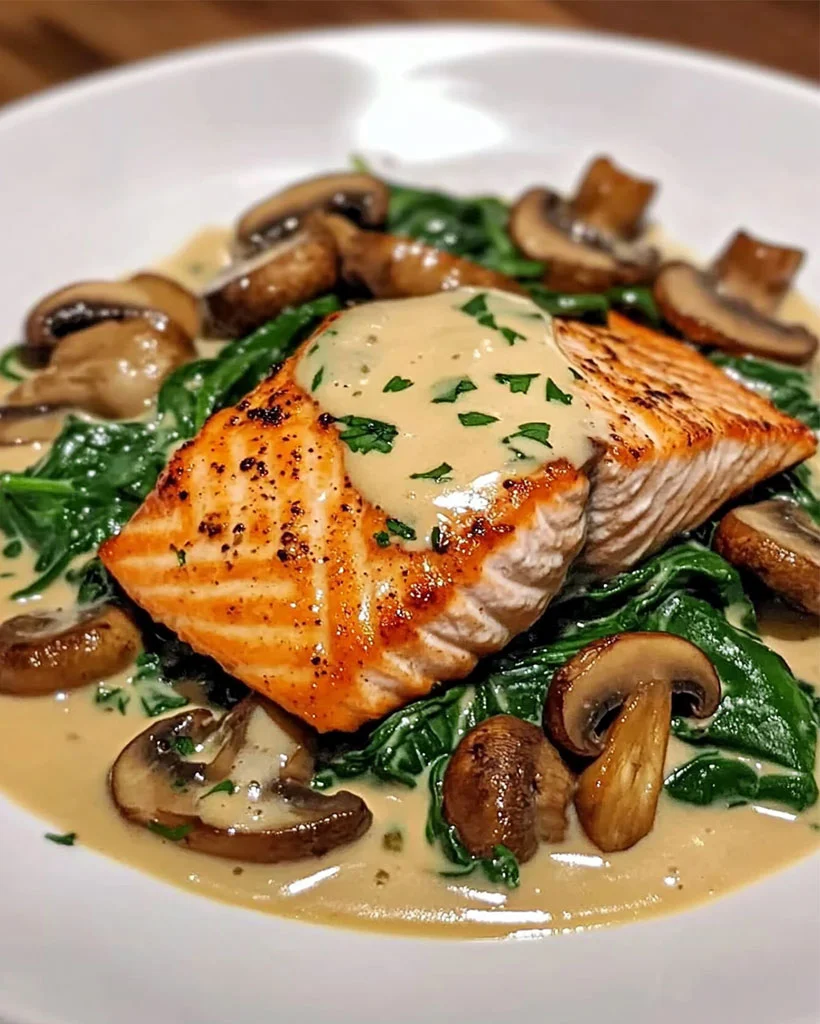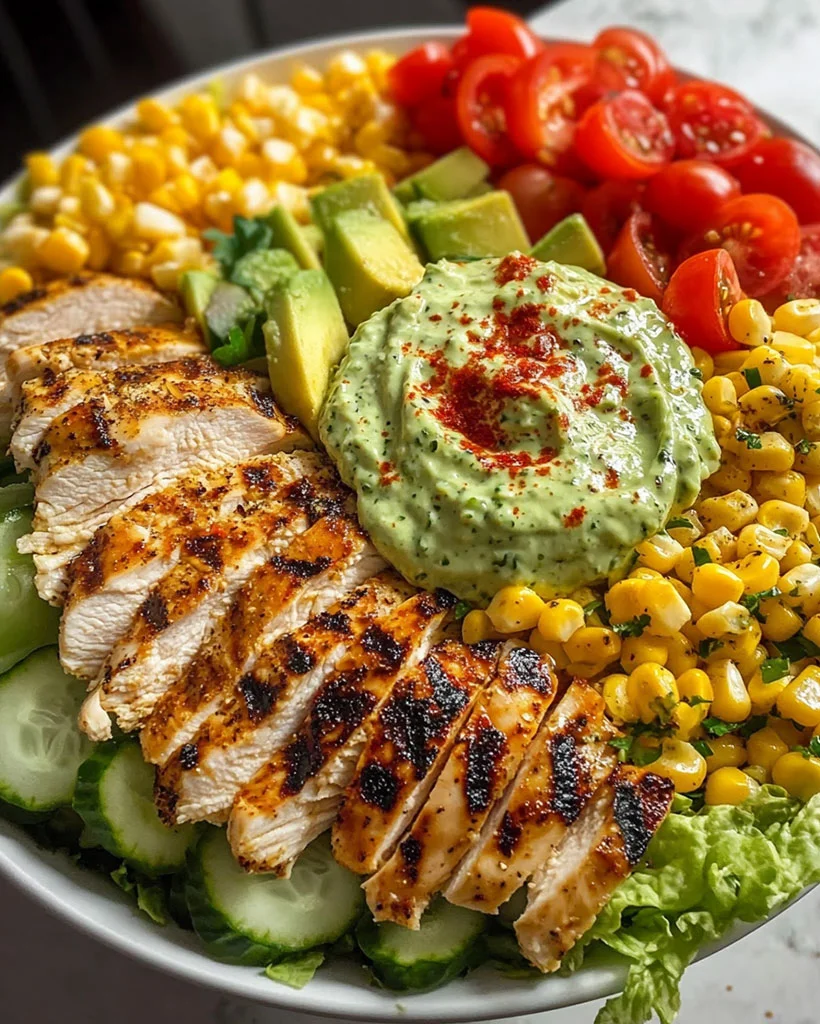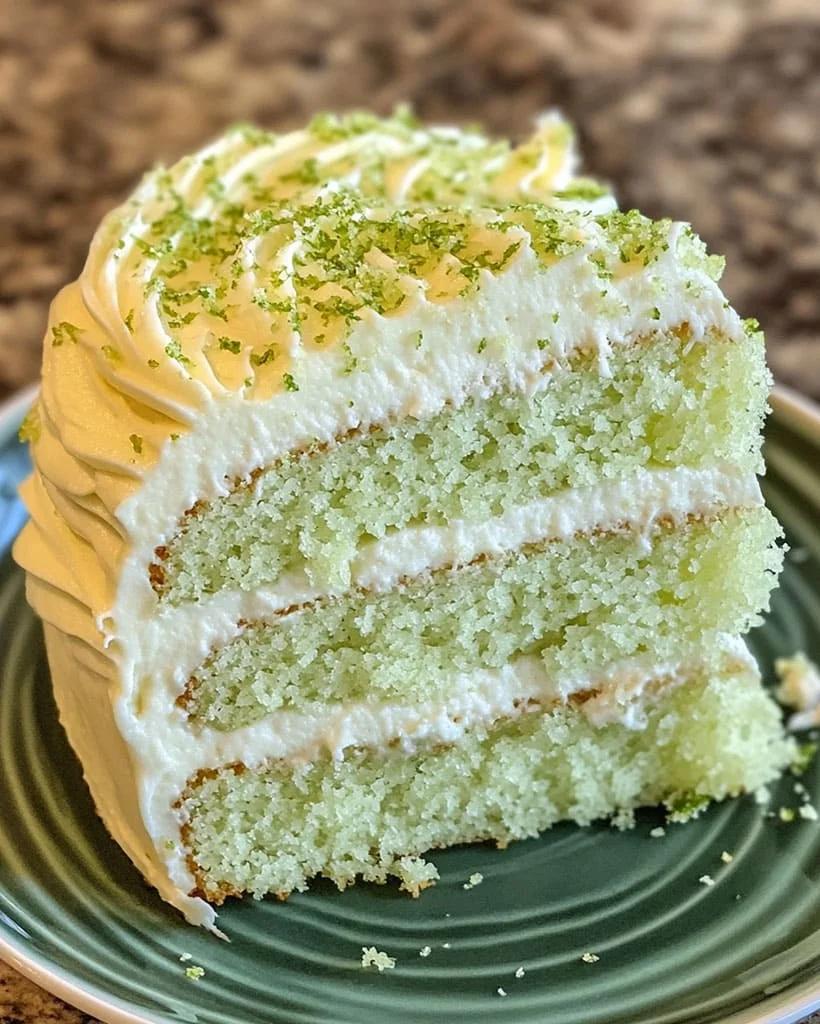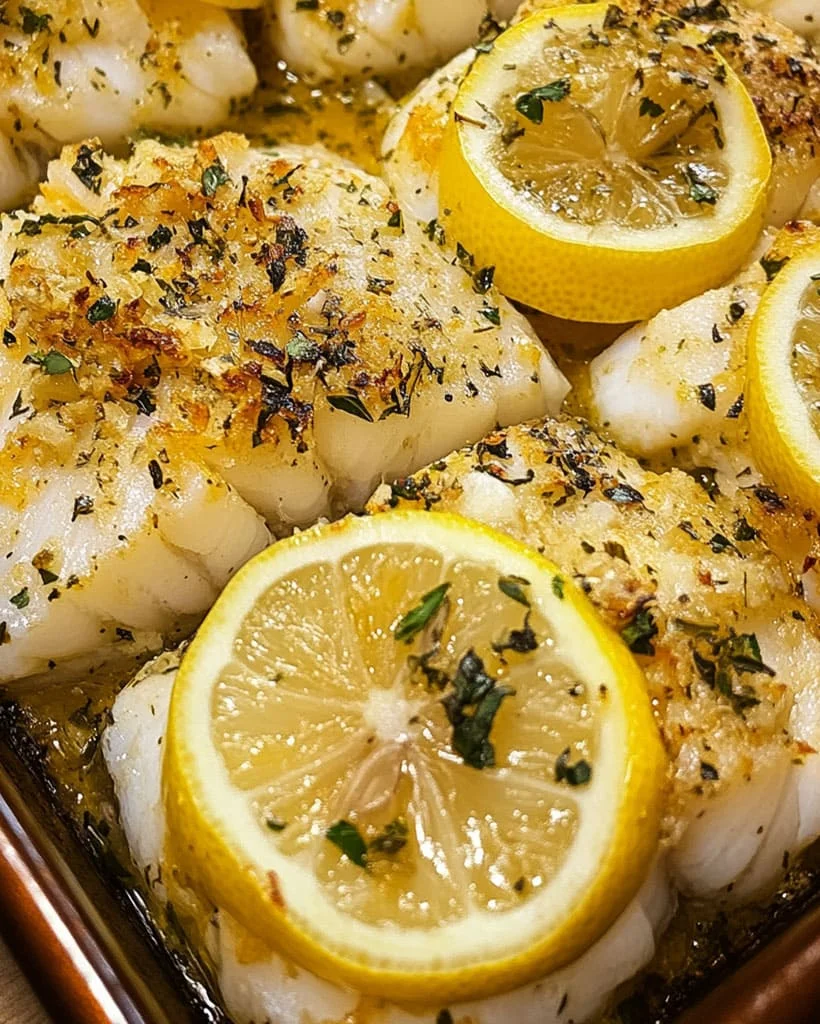Hollandaise sauce is one of the five mother sauces in French cuisine, revered for its rich, buttery flavor and smooth consistency. Traditionally served over poached eggs in the classic Eggs Benedict dish, it’s also a favorite for drizzling over asparagus or fish. This sauce dates back to the 17th century and has stood the test of time due to its versatility and luxurious texture. With just a few ingredients and the right technique, you can make a flawless Hollandaise Sauce recipe at home, transforming any meal into a gourmet experience.
Ingredients for Hollandaise Sauce
To make this easy Hollandaise Sauce recipe, you’ll need the following ingredients:
- 3 large egg yolks
- 1 tablespoon water
- 1 tablespoon lemon juice (freshly squeezed for the best flavor)
- 1/2 cup unsalted butter, melted (clarified butter works best)
- Pinch of salt
- Pinch of cayenne pepper (optional, for a touch of heat)
These simple ingredients come together to create a sauce that’s smooth, rich, and absolutely irresistible. For a vegan alternative, you can swap out the butter for a plant-based margarine, though it will slightly alter the taste and texture. You can also substitute lemon juice with white wine vinegar for a sharper tang. This Hollandaise Sauce recipe is gluten-free, making it perfect for those with dietary restrictions.
How to Make Hollandaise Sauce – Step by Step
Making Hollandaise Sauce might seem intimidating, but with the right approach, it’s quite simple. Here’s how to make this rich and silky sauce:
Step 1: Prepare the Egg Mixture
Start by whisking together egg yolks, water, and lemon juice in a stainless steel bowl. Make sure the mixture is light and frothy.
Step 2: Heat the Mixture
Place the bowl over a saucepan filled with simmering water. The bowl should not touch the water to avoid overcooking the eggs. Whisk constantly, ensuring the heat is gentle. As the mixture thickens, it should double in volume.
Step 3: Add the Butter
Remove the bowl from heat once the yolk mixture has thickened. Slowly drizzle in the melted butter while whisking vigorously. This ensures a smooth, emulsified sauce. Continue whisking until all the butter is incorporated, and the sauce is velvety smooth.
Step 4: Season the Sauce
Season your Hollandaise Sauce with a pinch of salt and optional cayenne pepper for a slight kick. Taste and adjust the seasoning as needed.
Step 5: Serve or Keep Warm
Serve the sauce immediately or keep it warm by placing the bowl over lukewarm water. Avoid direct heat, as it can cause the sauce to separate.
This simple method for making Hollandaise Sauce ensures a creamy and perfectly emulsified result every time.
Helpful Tips for Hollandaise Sauce
Want to perfect your Hollandaise Sauce recipe? Here are a few tips:
- Use fresh eggs and butter for the best flavor. Fresh ingredients make a noticeable difference in the richness and taste of your sauce.
- If your sauce is too thick, you can thin it by whisking in a teaspoon of warm water.
- Be cautious with the heat. Overcooking the eggs will result in a grainy texture.
- If the sauce begins to separate, whisk in a little cold water to bring it back together.
- Keep your sauce warm without cooking it further by placing it over lukewarm water. Direct heat will cause it to break.
These Hollandaise Sauce tips will help you achieve the perfect consistency and flavor every time.
Cooking Tips for the Best Hollandaise Sauce
To elevate your Hollandaise Sauce, try incorporating the following cooking techniques:
- Double Boiler Method: While the recipe above uses a bowl over simmering water, you can also use a double boiler to maintain better control over the temperature.
- Clarified Butter: For an even smoother sauce, use clarified butter. Clarified butter is butter with the milk solids removed, allowing the sauce to emulsify more easily.
- Blender Hollandaise: If you’re short on time, you can use a blender to make Hollandaise Sauce. Simply blend the egg yolks, lemon juice, and seasonings, then slowly drizzle in the melted butter while the blender is running.
Using these Hollandaise Sauce cooking hacks ensures a rich and flavorful result every time.
Serving Suggestions for Hollandaise Sauce
Wondering what to serve with your Hollandaise Sauce? Here are some ideas:
- Eggs Benedict: This classic dish pairs perfectly with a creamy Hollandaise Sauce. Serve with poached eggs, ham, and an English muffin for a decadent brunch.
- Asparagus: Drizzle Hollandaise Sauce over steamed asparagus for a simple yet elegant side dish.
- Salmon: A rich Hollandaise Sauce complements grilled or poached salmon beautifully.
- Vegetables: Serve your sauce over roasted vegetables like carrots, broccoli, or cauliflower for a delicious and healthy side dish.
These Hollandaise Sauce serving suggestions will inspire you to get creative in the kitchen!
Nutritional Information
Hollandaise Sauce is a rich and indulgent sauce, perfect for those who enjoy a creamy, buttery flavor. The sauce is a good source of healthy fats from butter and eggs, making it a great addition to low-carb and keto diets.
Nutritional Information (per serving)
- Calories: 200 kcal
- Fat: 22g
- Carbohydrates: 0g
- Protein: 3g
- Vitamin A: 15%
- Vitamin D: 8%
- Calcium: 2%
The nutritional info for Hollandaise Sauce shows that while it’s calorie-dense, it offers a great source of healthy fats.
Storage and Leftovers for Hollandaise Sauce
Here’s how to store and reheat your Hollandaise Sauce to maintain its quality:
- Refrigeration: Store leftover Hollandaise Sauce in an airtight container in the refrigerator for up to 2 days.
- Reheating: Gently reheat the sauce over low heat or in a double boiler. Whisk constantly to prevent the sauce from separating.
- Freezing: While it’s possible to freeze Hollandaise Sauce, it may alter the texture when thawed. If freezing, use within one month and reheat gently.
These tips will help you keep your Hollandaise Sauce leftovers fresh and delicious.
4 Frequently Asked Questions (FAQs) for Hollandaise Sauce
Here are some common questions about Hollandaise Sauce:
1. Can I make Hollandaise Sauce ahead of time?
Yes, but it’s best enjoyed fresh. You can make it a few hours ahead and keep it warm over lukewarm water.
2. Why did my Hollandaise Sauce separate?
Separation occurs when the butter is added too quickly or the sauce overheats. Whisk vigorously and control the heat to prevent this.
3. Can I make Hollandaise Sauce without lemon juice?
Yes, you can substitute lemon juice with white wine vinegar or another acid, but it will alter the flavor.
4. Can I reheat Hollandaise Sauce?
Yes, but do so gently over low heat while whisking continuously to avoid separation.
These Hollandaise Sauce FAQs cover the most common concerns when making this classic sauce.
Related Recipes for Hollandaise Sauce Lovers
Looking for more classic recipes like Hollandaise Sauce? Try these:
Cheese & Chive Pancakes Recipe – Savory, Easy & Delicious
Cinnamon Cream Cheese Stuffed Cookies | Delicious Recipe
Conclusion
Now that you’ve mastered the art of making Hollandaise Sauce, it’s time to experiment and incorporate it into your favorite dishes. Whether you drizzle it over poached eggs, serve it alongside salmon, or pour it over vegetables, this versatile sauce will elevate any meal. We’d love to hear your thoughts—did you add your own twist to the recipe? Feel free to share your feedback and variations in the comments below. Enjoy your Hollandaise Sauce and happy cooking!
Print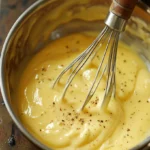
Hollandaise Sauce Recipe – Easy & Perfect Every Time
Description
Hello, fellow food enthusiasts! Are you ready to take your culinary skills to the next level with an easy yet elegant recipe for Hollandaise Sauce? Whether you’re a seasoned chef or a kitchen novice, this classic sauce is a must-try addition to your recipe collection. The creamy texture and tangy flavor elevate any dish, from poached eggs to steamed vegetables. Let’s dive into this simple and foolproof Hollandaise Sauce recipe that’s bound to impress your taste buds and guests alike!
Ingredients
- 3 large egg yolks
- 1 tablespoon water
- 1 tablespoon lemon juice (freshly squeezed for the best flavor)
- 1/2 cup unsalted butter, melted (clarified butter works best)
- Pinch of salt
- Pinch of cayenne pepper (optional, for a touch of heat)
These simple ingredients come together to create a sauce that’s smooth, rich, and absolutely irresistible. For a vegan alternative, you can swap out the butter for a plant-based margarine, though it will slightly alter the taste and texture. You can also substitute lemon juice with white wine vinegar for a sharper tang. This Hollandaise Sauce recipe is gluten-free, making it perfect for those with dietary restrictions.
Instructions
Step 1: Prepare the Egg Mixture
Start by whisking together egg yolks, water, and lemon juice in a stainless steel bowl. Make sure the mixture is light and frothy.
Step 2: Heat the Mixture
Place the bowl over a saucepan filled with simmering water. The bowl should not touch the water to avoid overcooking the eggs. Whisk constantly, ensuring the heat is gentle. As the mixture thickens, it should double in volume.
Step 3: Add the Butter
Remove the bowl from heat once the yolk mixture has thickened. Slowly drizzle in the melted butter while whisking vigorously. This ensures a smooth, emulsified sauce. Continue whisking until all the butter is incorporated, and the sauce is velvety smooth.
Step 4: Season the Sauce
Season your Hollandaise Sauce with a pinch of salt and optional cayenne pepper for a slight kick. Taste and adjust the seasoning as needed.
Step 5: Serve or Keep Warm
Serve the sauce immediately or keep it warm by placing the bowl over lukewarm water. Avoid direct heat, as it can cause the sauce to separate.
Equipment

2Pcs Heart Shape Cake Pans, Aluminum Heart Cake Mold, Reusable 10 inch
Buy Now →
Kids Chill Leak-Proof Lunch Box – Included Reusable Ice Pack Keeps Food Cold
Buy Now →Notes
- Use fresh eggs and butter for the best flavor. Fresh ingredients make a noticeable difference in the richness and taste of your sauce.
- If your sauce is too thick, you can thin it by whisking in a teaspoon of warm water.
- Be cautious with the heat. Overcooking the eggs will result in a grainy texture.
- If the sauce begins to separate, whisk in a little cold water to bring it back together.
- Keep your sauce warm without cooking it further by placing it over lukewarm water. Direct heat will cause it to break.
